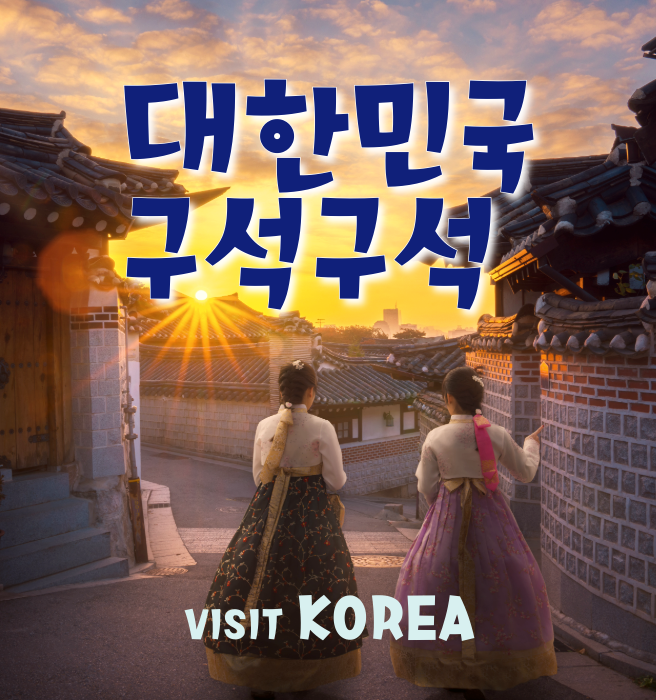The Timeless Allure of Korean Traditional Desserts: A Journey Through Culture and Flavor
Han-gwa: The Essence of Korean Confectionery
Han-gwa, Korea’s traditional confections, are a testament to the artistry of natural ingredients. These treats, often served during festivals and celebrations, highlight the delicate interplay of texture and flavor.
- Yakgwa (약과): A hallmark of Korean desserts, yakgwa is a deep-fried pastry made from wheat flour, sesame oil, and honey, then soaked in honey or jocheong (rice syrup). Historically valued for the nourishing properties of honey and oil, it was dubbed “medicinal confection” (yakgwa, literally “medicine fruit”). Its crisp exterior and moist interior deliver a rich, lingering sweetness, making it a staple at ancestral rites and festive gatherings.
- Gangjeong (강정): This crunchy treat is made by coating puffed glutinous rice with malt syrup or honey. Its nutty, sweet profile appeals to all ages, with variations like rice gangjeong or sesame gangjeong depending on the ingredients. Once reserved for special occasions like weddings or ancestral ceremonies, gangjeong remains a beloved snack.
- Yugwa (유과): Crafted from fermented glutinous rice dough, yugwa is fried, coated with honey or jocheong, and dusted with fine powder. Its light, crispy texture and subtle sweetness make it a favorite at weddings and rituals, symbolizing abundance and joy.
- Dasik (다식): These delicate confections are made by kneading chestnut, pine pollen, bean, or sesame powder with honey and pressing the mixture into molds. Known for their vibrant five-color palette (red, blue, yellow, white, and black), dasik are as visually stunning as they are delicious, often paired with tea for a refined experience.

Tteok: The Heart of Korean Festivities
Tteok, or rice cakes, are a cornerstone of Korean cuisine, rivaling rice itself in cultural significance. Made by steaming or pounding rice or glutinous rice, tteok graces tables during holidays, birthdays, and weddings, embodying warmth and communal spirit.
- Songpyeon (송편): A hallmark of Chuseok (Korean Thanksgiving), songpyeon are half-moon-shaped rice cakes filled with sesame seeds, beans, or red bean paste, steamed over pine needles for a fragrant finish. Their chewy texture and nutty flavor encapsulate the harvest season’s joy.
- Injeolmi (인절미): Made by pounding steamed glutinous rice and coating it with roasted soybean powder, injeolmi offers a chewy texture and nutty depth. Its simplicity belies an addictive quality, making it a timeless favorite.
- Gyeongdan (경단): These bite-sized glutinous rice balls are rolled in powders like soybean, red bean, or sesame. Easy to eat and endlessly customizable, gyeongdan are a versatile treat for any occasion.
- Hwajeon (화전): Known as “flower pancakes,” hwajeon are flat rice cakes adorned with edible seasonal flowers—azaleas in spring, roses in summer, or chrysanthemums in fall. Both visually enchanting and nutritious, they reflect Korea’s reverence for nature’s bounty.

Traditional Beverages: A Symphony of Grains and Spices
Korean desserts aren't limited to cakes or confections—they also include refreshing beverages that balance flavor and health.
- Sikhye (식혜): A fermented rice drink made with malted barley and rice, sikhye offers a gentle sweetness and is rich in dietary fiber, aiding digestion. Its crisp, refreshing taste makes it a popular choice year-round.
- Sujeonggwa (수정과): This spiced drink combines ginger and cinnamon, sweetened with honey or sugar, and garnished with pine nuts and dried persimmons. Its warm, spicy-sweet profile is both invigorating and comforting, especially in colder months.
- Hwachae (화채): A summer favorite, hwachae is a chilled fruit punch made with seasonal fruits and soda or water. With over 30 variations depending on the fruit, it’s a vibrant, cooling treat perfect for hot days.

Other Traditional Delights
Beyond han-gwa and tteok, Korea’s dessert repertoire includes unique offerings that showcase resourcefulness and flavor.
- Yeot (엿): A sticky candy made from steamed rice, sorghum, corn, pumpkin, or sweet potatoes, yeot is boiled down to achieve a deep, robust sweetness. Its versatility and long shelf life made it a cherished treat in the Joseon Dynasty.
- Gotgam (곶감): Dried persimmons, peeled and air-dried, were a winter staple in Joseon households. Naturally sweet and nutrient-rich, gotgam remains a wholesome snack, perfect for travelers seeking portable, healthy options.

A Living Tradition
Korean traditional desserts are more than culinary creations—they are a celebration of culture, health, and community. Their subtle sweetness, aromatic nuttiness, and elegant presentation reflect centuries of tradition. Once reserved for holidays and special occasions, han-gwa and tteok are now finding new life in chic cafes and dessert shops across South Korea, offering visitors a chance to savor history in every bite. For those exploring Korea’s cultural landscape or seeking wellness through food, these desserts are a delicious entry point, blending taste, tradition, and nourishment in perfect harmony.
Oh Ha Eun medi·K TEAM press@themedik.kr
Headlines
-
 Healthcare
Healthcare
Finding a Lump in Your Breast: Why It’s Not Always Cancer and What to Do Next
-
 Healthcare
Healthcare
As Winter Bites, Pet Kneecaps Slip: The Hidden Threat of Patellar Luxation in Dogs and Cats
-
 Wellness
Wellness
Korean Herbal Tea Culture: A Wellness Tradition for Body and Mind
-
 Healthcare
Healthcare
How to Counteract Caffeine’s Effects for Better Sleep
-
 News
News
Celltrion Launches Aptozma Biosimilar in U.S. Market: 35% Price Reduction and Blue Cross Coverage for Autoimmune Treatment
-
 Healthcare
Healthcare
Blue Light: Is It Really a Threat to Your Eyes and Health?
-
 Healthcare
Healthcare
The Hidden Health Risks of Your Showerhead: Why Regular Cleaning Matters
Doctors & Hospitals
-
 Healthcare
Healthcare
Eczema: Blending Conventional Relief With Korean Herbal Medicine for Lasting Skin Health
-
 Healthcare
Healthcare
Warts: Beyond Simple Removal—Focus on Immunity for Lasting Relief
-
 Healthcare
Healthcare
AI-Powered Smartphone Tool Opens New Path for Early Autism Screening in South Korea
-
 News
News
Korean Surgeon Pioneers Remote Bladder Cancer Surgery Training Using Da Vinci 5 Platform
-
 Healthcare
Healthcare
Myocardial Infarction Risks Surge in Fall: How to Protect Your Heart
-
 Healthcare
Healthcare
Innovative Korean Acupuncture Therapy Offers Hope for Acne Scar Treatment
-
 Healthcare
Healthcare
Thyroid Surgery and Recovery: Essential Post-Operative Care Guide






